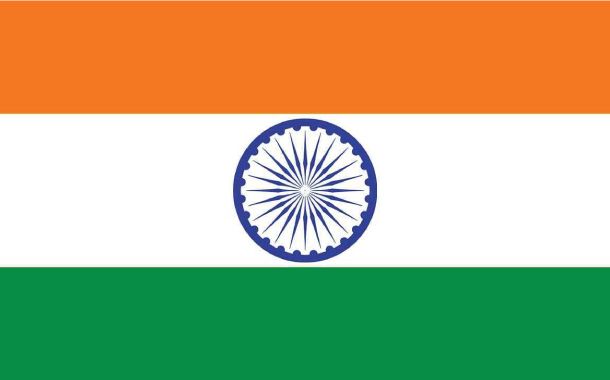The country of India has quite an interesting tale about the evolution of its national flag. Decade after decade, on account of various external as well as internal influences, the design of the map has undergone multiple transformations.
The design of the flag, while at one time reflected the colonial status, on the other, at a later point in time, it clearly evinced the freedom struggle. Even in terms of the chronology of the freedom struggle, the design of the flag kept altering. Different groups at different times engaged themselves into designing a flag for the then India. And every time they factored in, the newer dimensions that came into play into the scene of Indian struggle to freedom.
Take a look it this -
1. 1904-1906
Earliest of Indian flags to evolve was this flag. It, when compared, is diametrically removed from the modern-day national flag. It was the ideation of a well-known Irish disciple of Swami Vivekananda, named Sister Nivedita. The colours selected were very symbolic to the prevalent mood - red and yellow. While the colour red symbolised freedom, yellow on the other hand, represented victory. It carried a small text printed 'Vande Mataram' in Bengali. In addition to that, there was also the emblem a ‘Vajra’ figure with a centered lotus. These together created the powerful combination of strength and purity.
2. 1906
3. 1906
In the same year, came another flag, which came to be known as The Calcutta Flag. The significance of this flag lies in the fact that it marked the essence of the Partition of Bengal. It was used extensively during the anti-partition rally across the length and breadth of Calcutta thus acquiring the status of being the unofficial flag of India.
4. 1907
A concerted effort of the vanguards of freedom struggle - Madam Bhikaji Cama, Shyamji Krishna Varma, and Veer Savarkar, brought into the scene this design. In fact, it went on to become the first Indian flag to be planted on a foreign land. In Stuttgart, Germany, the triad hoisted this flag at the ‘Berlin Committee Flag’.
5. 1916
Annie Besant and Bal Gangadhar Tilak, the leaders of the Home Rule Movement jointly designed this flag. Delineating their demand for a dominion status for the then British India, this design helped to accentuate the key points of the Home Rule League. There is, on top left, the union jack that defines the concept of ‘dominion’.
6. 1921
With the emergence of Gandhi onto the political scene of British India, a new design came up. Gandhi wanted a representation of the entire demography in spite of the diversity. As a result, the flag was attributed with three colours - white representing the minority communities, the colour green representing the Muslims, and finally the colour red representing both Hindu and Sikh communities. This was also the very first time when the ‘Charkha’ was used in the flag.
7. 1931
Communal tendency and its undeniable effects, as began to loom large, there rose the exigency of a flag that would be more inclusive of all kinds of political beliefs across the spectrum. Keeping in line with the communal demands without sabotaging the overall national interest, the national flag of India underwent another transformation.
A special mention goes for this particular design that saw the light of the day before the ones mentioned above. It was the earliest of the flags and also happened to be the first all-blue flag for the then India (British India).
8. 1857
Designed on the line of the other ex-British colonies, this flag was meant to represent British India. The need to come up with a flag arose after the 1857 Revolution. Based on the Union Flag, this flag was designed. It also had a ‘Star of India’ that was enclosed by the royal crown signifying the imperial rule.
*Disclaimer - We have done our very best to provide factual information. If you find any of it inaccurate, please feel free to let us know and we will be happy to change it.
